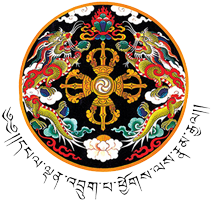Lingzhi Dungkhag
Brief Background of the Gewog:
Lingzhi Dungkhag, nestled in the highlands of northern Thimphu Dzongkhag, is one of the most remote and scenic sub-districts of Bhutan. It comprises three gewogs: Lingzhi, Soe, and Naro. Characterized by rugged mountains, alpine meadows, and yak pastures, the region sits at altitudes ranging roughly from 3,000 to over 5,000 meters above sea level.
Historically, Lingzhi has played a vital strategic role, guarding Bhutan’s northern frontiers with the Tibet Autonomous Region of China. The iconic Lingzhi Yugyal Dzong, built in the 17th century by Zhabdrung Ngawang Namgyel, served both administrative and defensive purposes. Today, the dungkhag remains important for preserving traditional highland culture and lifestyles centered on yak herding, medicinal plant collection, and seasonal transhumance, while also attracting adventurous trekkers drawn to its pristine wilderness and cultural heritage.
Staff
























Contact us
- Dzongkhag Administration Thimphu, Bhutan
- Dzong Post Box No: 168
- Phone No:02334997
- E-Mail: helpdesk@thimphu.gov.bt
